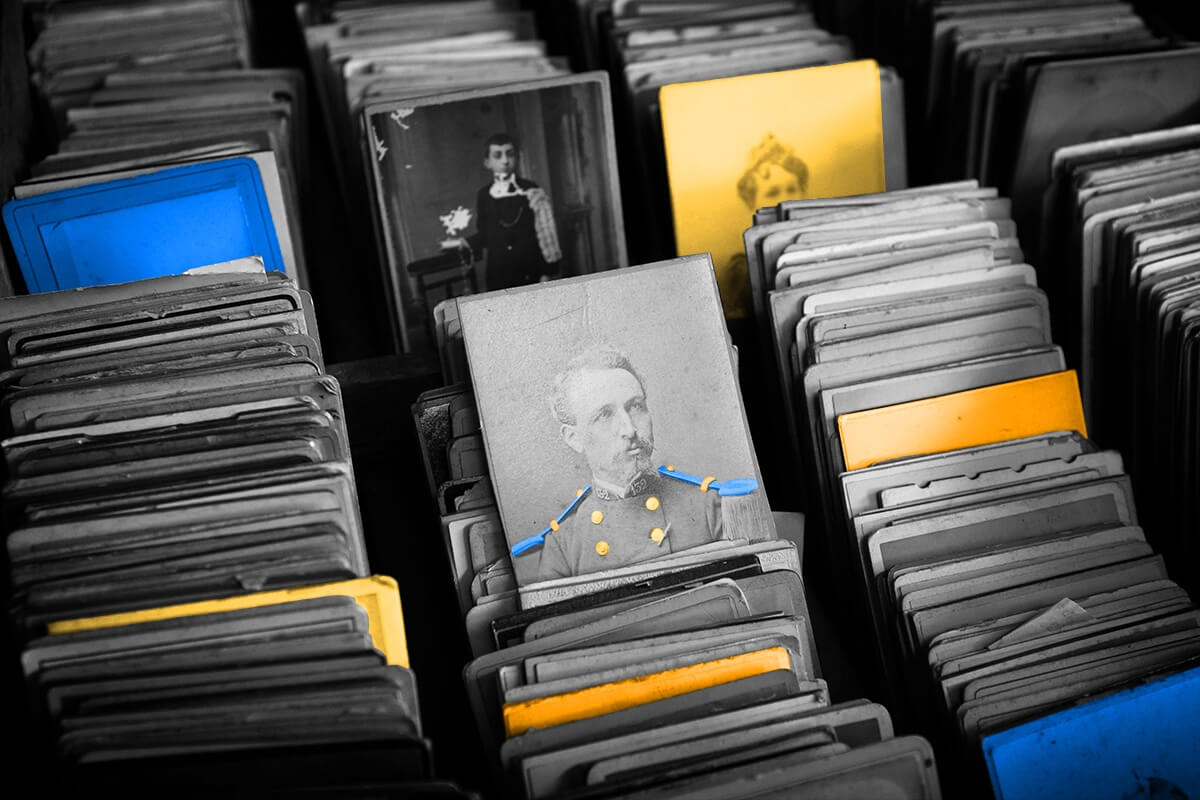
There are only about 25 blimps left in the world.
At the start of the 20th century, before the Wright Brothers finally got their famous Flyer off the ground in 1903, airships were seen as the future of human flight. The category includes a variety of dirigibles, such as zeppelins (which have a rigid structure) and blimps (which completely collapse when deflated). German zeppelins performed bombing runs in World War I, but the 1937 Hindenburg disaster — in which the Hindenburg zeppelin caught fire in New Jersey while attempting to moor, killing 36 — spelled the end of airships as commercial vehicles. While blimps found limited use during World War II, after the war, airships mostly transformed into floating advertisements.
Today, only about 25 blimps exist, and about half of them are used for advertising — including the famous Goodyear Blimp (which is now technically a zeppelin). Airships are expensive to construct and to run, in part because they require as much as $100,000 worth of helium per trip, and helium gas is the subject of frequent worldwide shortages. There’s also a dearth of people trained to fly them. Yet efforts have been made to resurrect the airship, chief among them the U.S. Army’s Long Endurance Multi-Intelligence Vehicle, which was designed to float above the battlefield, providing intelligence, surveillance, and reconnaissance for ground forces (the project was scrapped in 2013). Today, some experts call for a return to airships, but for now they remain part of a lighter-than-air future that never was.
In terms of speed and safety, airplanes have largely outpaced airships, but there is one metric where airships still reign — efficiency. Scientists have dreamed up many ways to slowly wean ourselves off fossil fuels (think solar panels, wind turbines, and electric cars), but airplanes remain a conundrum. Some estimates project that by 2050, 27% of the world’s carbon budget (under targets developed to keep the global temperature rise below a 1.5 degree Celsius increase from pre-industrial levels) could come from aviation. That’s why some researchers have begun reexamining the airship. Because of its buoyancy and ability to ride the global jetstreams, airships use significantly less fuel. One ambitious airship company says its dirigibles could run at only 8% of the fuel cost of a typical jet airliner. Because of safety issues and long travel times, airships would only be practical for short-distance commercial flights or for hauling cargo, but they could still have a significant place in a greener future.

